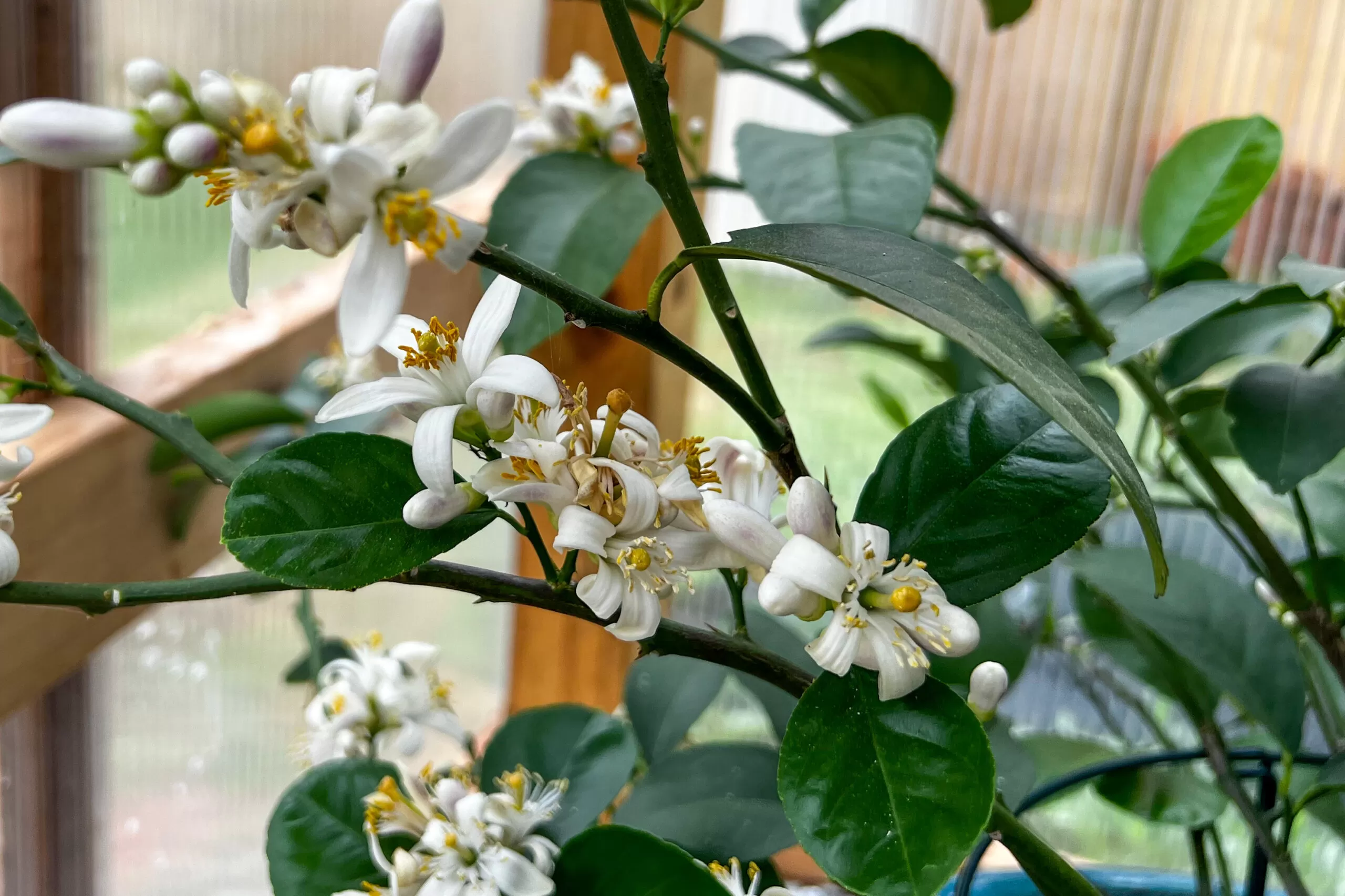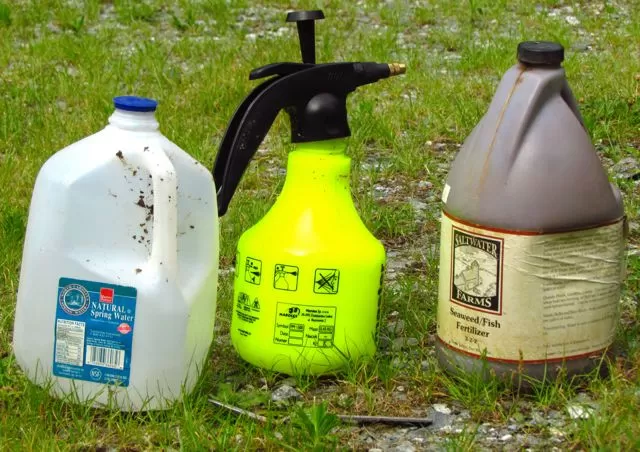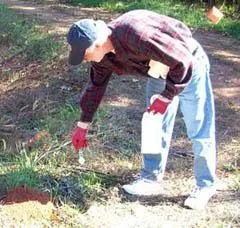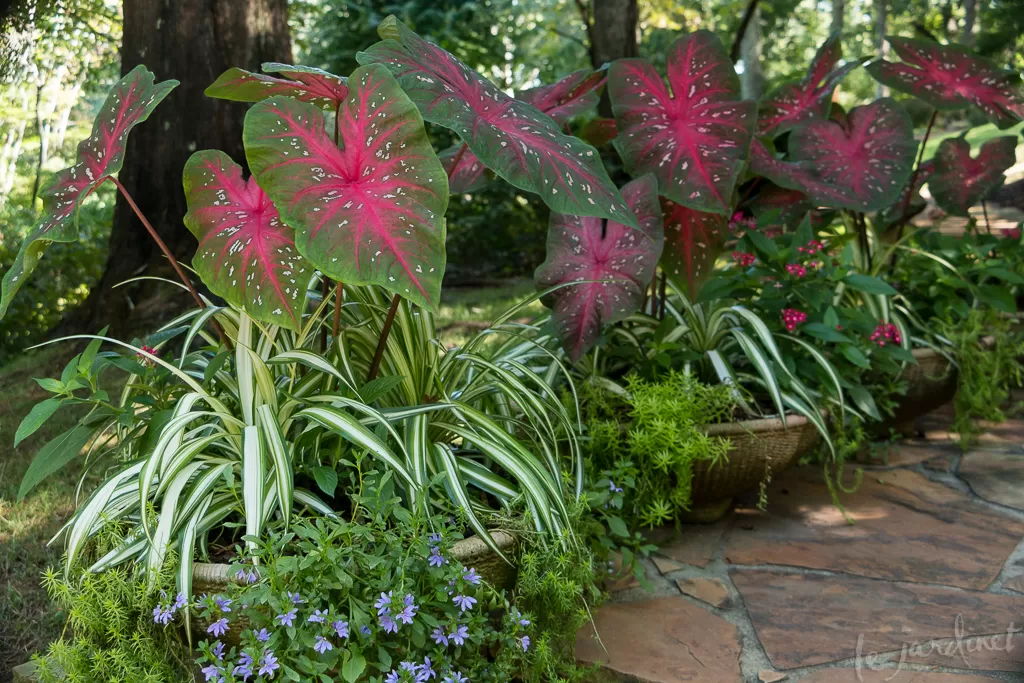Over-fertilization can harm your plants, causing stress and reducing yield.
Using organic methods significantly lowers the risk of fertilizer burn.
Understanding the signs helps you react quickly to protect your green friends.
Prevention through proper application is key to healthy, thriving gardens.
Flushing excess nutrients is a primary treatment if over-fertilization occurs.
As garden lovers, we pour our hearts into nurturing our plants, offering them sunlight, water, and the nutrients they need to flourish. Fertilizers are our tools to boost growth and ensure vibrant blooms or bountiful harvests. But sometimes, in our eagerness to give our plants the best, we might inadvertently give them too much. This can lead to a condition often called “fertilizer burn,” stressing plants and undoing all our hard work. While synthetic fertilizers are often the culprits, even organic options, when misused, can cause problems. The good news? By understanding the signs, causes, and focusing on natural, organic approaches, we can effectively prevent this issue and keep our gardens happy and healthy without resorting to harsh chemicals. Let’s explore how to nourish our plants wisely, focusing on avoiding over-fertilization organically.
Contents
- Why Organic Approaches Help Prevent Over-Fertilization
- Spotting the Signs: What Over-Fertilized Plants Look Like
- Understanding the Root Causes of Fertilizer Burn
- Preventing Over-Fertilization: Your Organic Strategy
- Embrace Soil Health First
- Choose Your Organic Nutrients Wisely
- Application Techniques for Success
- What to Do If Over-Fertilization Happens
- Conclusion
Why Organic Approaches Help Prevent Over-Fertilization
Compared to synthetic fertilizers that offer a rapid, concentrated dose of nutrients (often in the form of soluble salts), organic fertilizers work differently. Derived from natural sources like compost, manure, and plant matter, they release nutrients slowly over time as microorganisms in the soil break them down. This gradual process is much more aligned with how plants naturally take up nutrients, making it inherently less likely to overwhelm their root systems and cause the osmotic stress that leads to fertilizer burn. Using organic amendments also improves soil structure, water retention, and encourages beneficial soil life, creating a healthier environment where nutrient availability is more stable and balanced.
Spotting the Signs: What Over-Fertilized Plants Look Like
Identifying fertilizer burn early is crucial for recovery. While symptoms can sometimes mimic other issues like pest damage or improper watering, a close look can often reveal the telltale signs of nutrient excess.
- Leaf Symptoms: Often, the first signs appear on the leaves. You might see the tips or edges turning brown or yellow, appearing dried out or scorched. This discoloration can then spread inwards. Leaves may also wilt or drop prematurely.
- Growth Stunted or Abnormal: Paradoxically, while fertilization aims for growth, over-fertilization can actually stunt it after an initial surge. You might see lush but weak foliage growth with significantly reduced flowering or fruiting.
- Salt Crust on Soil: In potted plants or containers, a white, crusty layer might form on the soil surface – this is a buildup of excess salts from the fertilizer.
- Root Damage: The most serious damage often happens below the surface. Roots affected by fertilizer burn can appear dark brown or black, mushy, and limp instead of firm and white.
 Leaves with brown edges indicating fertilizer burn
Leaves with brown edges indicating fertilizer burn
Understanding the Root Causes of Fertilizer Burn
While excessive application is the primary culprit, several factors can exacerbate the risk of fertilizer burn, even when using organic materials or seemingly moderate amounts. Knowing these helps you prevent the problem before it starts.
- Dry Soil Conditions: When soil is dry, the concentration of dissolved salts from fertilizer is higher. Applying fertilizer to thirsty plants or dry soil can quickly lead to root damage as the high salt concentration pulls water out of the roots rather than allowing uptake.
- High Temperatures/Plant Stress: Just like dry soil, heat stress makes plants more vulnerable. Applying fertilizer on hot days can compound the stress and increase the likelihood of burn.
- Applying to Wet Foliage: Some fertilizers, especially liquid ones or granules that dissolve quickly, can burn leaves if they remain on wet surfaces and the sun hits them.
- Incorrect Application Technique: Applying fertilizers too close to the plant base or directly onto seeds in planting pits can cause concentrated damage.
- Miscalculating Area: For lawns or larger beds, misjudging the actual area needing fertilization can lead to applying too much product.
- Layering Nutrients: While less common with simple organic materials, combining different products without understanding their nutrient profiles could inadvertently lead to an excess of a specific nutrient or salt.
The underlying science points back to osmosis. Plants absorb water through their roots because the salt concentration inside the roots is naturally higher than in the surrounding soil. When you add too much soluble fertilizer (even some components in organics can be soluble salts), you increase the salt concentration in the soil above that of the roots. This reverses the osmotic flow, causing water to move out of the roots, dehydrating the plant from the roots up.
 Darkened and damaged plant roots, potentially due to fertilizer root burn
Darkened and damaged plant roots, potentially due to fertilizer root burn
Preventing Over-Fertilization: Your Organic Strategy
The best way to deal with fertilizer burn is to avoid it entirely. Focusing on organic practices provides a strong foundation for prevention.
Embrace Soil Health First
Healthy soil, rich in organic matter like compost, holds nutrients better and releases them gradually. It also supports a diverse ecosystem of microorganisms that make nutrients available to plants as they need them. Regular additions of compost or well-rotted manure are cornerstone organic practices that build fertility over time and drastically reduce the need for supplemental fertilizers. This naturally buffers the soil against sudden nutrient spikes.
Choose Your Organic Nutrients Wisely
While compost and manure provide a broad spectrum of nutrients, specific plant needs might require targeted organic supplements.
- Slow-Release Organics: Materials like bone meal, blood meal, worm castings, and various seed meals release nutrients slowly. Follow application rates carefully, but understand their slow nature inherently reduces burn risk compared to quick-release synthetics.
- Liquid Organic Options: Fish emulsion or liquid seaweed can provide quicker boosts but should be used diluted and carefully, applied to the soil, not foliage, especially on hot days.
- Know Your Source: Understand the general nutrient profile of the organic materials you use. A soil test can also provide valuable insights into what your soil truly needs, preventing unnecessary additions.
Application Techniques for Success
Even with gentle organic fertilizers, how and when you apply them matters.
- Read Instructions (Even Organic Ones!): Follow recommended application rates for specific products and plant types. It’s always safer to err on the side of applying slightly less than the maximum recommended amount.
- Timing is Key: Apply fertilizers when plants are actively growing and temperatures are moderate, not during extreme heat or drought stress.
- Water Before and After: Ensure the soil is adequately moist before applying fertilizer. If using granular organic fertilizers, water thoroughly after application to help them begin to break down and integrate into the soil, preventing concentrated hot spots.
- Split Applications: For plants that are heavy feeders, consider splitting the recommended annual or seasonal amount of fertilizer into smaller applications spread out over the growing period.
- Apply Around the Drip Line: For established plants, apply granular fertilizers around the plant’s drip line (the outer edge of the branches) rather than right at the base. This is where the active feeder roots are.
 Hands applying granular fertilizer around a plant
Hands applying granular fertilizer around a plant
What to Do If Over-Fertilization Happens
Despite our best organic efforts, sometimes mistakes happen or conditions are just right for problems to arise. If you suspect your plants are suffering from over-fertilization:
- Stop Fertilizing Immediately: Do not apply any more fertilizer.
- Water Heavily (Leaching): This is the most effective treatment. Water the affected soil deeply and repeatedly. The goal is to flush the excess soluble salts down and away from the plant’s root zone. Ensure your pots have drainage holes or your garden bed drains well to avoid waterlogging, which causes its own set of problems.
- Remove Crusts: If you see a white crust on the soil surface of container plants, gently scrape and remove it.
- Prune Damaged Parts: Trim off leaves or stems that are severely burned and show no signs of recovery. This allows the plant to focus energy on healthy growth.
- Monitor and Wait: Give your plants time to recover. It might take days or weeks depending on the severity.
- Consider Repotting/Replacing Soil: For severely affected container plants, repotting into fresh soil might be necessary if flushing isn’t sufficient. In extreme garden bed cases with significant root damage, you might need to remove the plant, heavily water the area, and potentially amend the soil before replanting.
Resist the urge to add other substances or chemicals to try and “balance” the nutrients. Dilution and removal through watering (leaching) are the safest and most effective organic approaches to correct the issue.
Conclusion
Nourishing our gardens is one of the most rewarding aspects of planting. By choosing organic methods, we significantly reduce the risk of over-fertilization and build healthier soil ecosystems that benefit our plants long-term. Paying attention to the subtle signs, understanding the conditions that increase risk, and adopting smart organic application practices are your best defenses against fertilizer burn. Remember, a little less is always better than too much.
Have you ever dealt with fertilizer burn in your garden? Share your experiences and tips in the comments below! Let’s learn from each other and grow together.






































